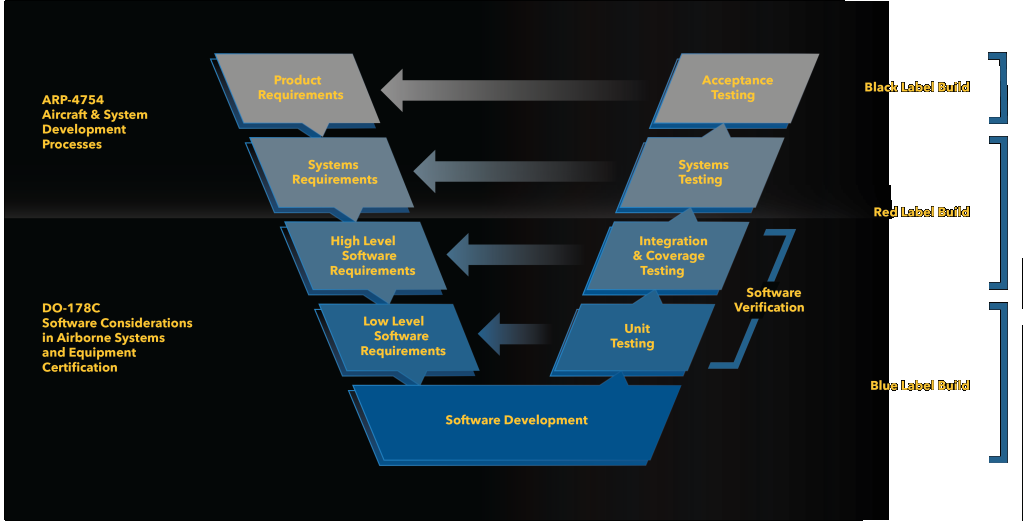The V Model is a widely used software development process model that is used in software testing. The V model is an extension of the Waterfall model and it is considered to be a highly disciplined software development process. The V model of STLC is an acronym for Verification and Validation model of the Software Testing Life Cycle. In this blog, we will explore the V model of STLC, its phases, and the advantages of using it in software development.
The V model of STLC is a sequential process model that maps the software development process to the testing process. The V model is also known as the Verification and Validation model as it emphasizes the importance of verifying and validating each phase of the software development process.
The V model of STLC consists of two main parts: the left side of the V represents the software development phase, and the right side of the V represents the testing phase. The testing phase is the validation phase that ensures that the software meets the requirements and is free from defects.
The V model of STLC consists of the following phases:
-
Requirements Analysis: This phase is the first phase of the software development process. It is the process of gathering and analyzing the requirements of the software.
-
System Design: In this phase, the system is designed based on the requirements analysis. The design phase involves creating a software design that meets the requirements.
-
Implementation: In this phase, the software is developed based on the system design. The implementation phase involves coding, testing, and debugging.
-
Unit Testing: Unit testing is the process of testing individual units or components of the software. The unit testing phase involves testing each unit of the software to ensure that it meets the requirements.
-
Integration Testing: Integration testing is the process of testing the integration of different units of the software. The integration testing phase involves testing the interaction between different units of the software.
-
System Testing: System testing is the process of testing the entire system as a whole. The system testing phase involves testing the system to ensure that it meets the requirements.
-
Acceptance Testing: Acceptance testing is the process of testing the software to ensure that it meets the customer's requirements.
Advantages of using the V model of STLC:
-
High-Quality Software: The V model of STLC ensures that the software is thoroughly tested at every phase of the software development process. This results in high-quality software that meets the requirements of the customer.
-
Cost-Effective: The V model of STLC is a cost-effective process as it ensures that defects are detected early in the software development process. This reduces the cost of fixing defects in later stages of the software development process.
-
Reduced Time-to-Market: The V model of STLC ensures that the software is thoroughly tested before it is released to the customer. This reduces the time-to-market of the software and ensures that the software is delivered on time.
Conclusion:
The V model of STLC is an effective software development process model that ensures that the software is thoroughly tested at every phase of the software development process. The V model of STLC ensures that defects are detected early in the software development process, resulting in high-quality software that meets the requirements of the customer. The V model of STLC is a cost-effective process that reduces the cost of fixing defects in later stages of the software development process.
For Free, Demo classes Call: +91-8149911142
Registration Link: Click Here!
Mentor - Komal Bhutale
Intormation and research are sources from internet.

